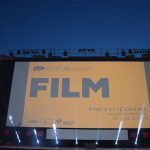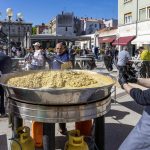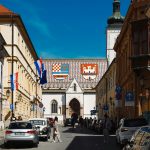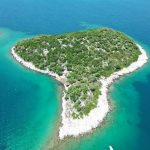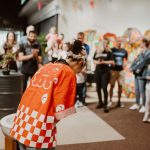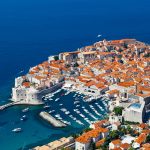After 15 months of work, the 3D model of the ancient Narona in Vid was completed by Stipan Ujdur and Ivan Popić from Opuzen.
An incredible effort by the pair, Ujdur says the first five months of the project was anything but easy, as the modeling was slowed down because of a poorly working computer. Thankfully, the situation improved when the duo took over a stronger machine, reports Dalmatinski Portal on November 1, 2018.
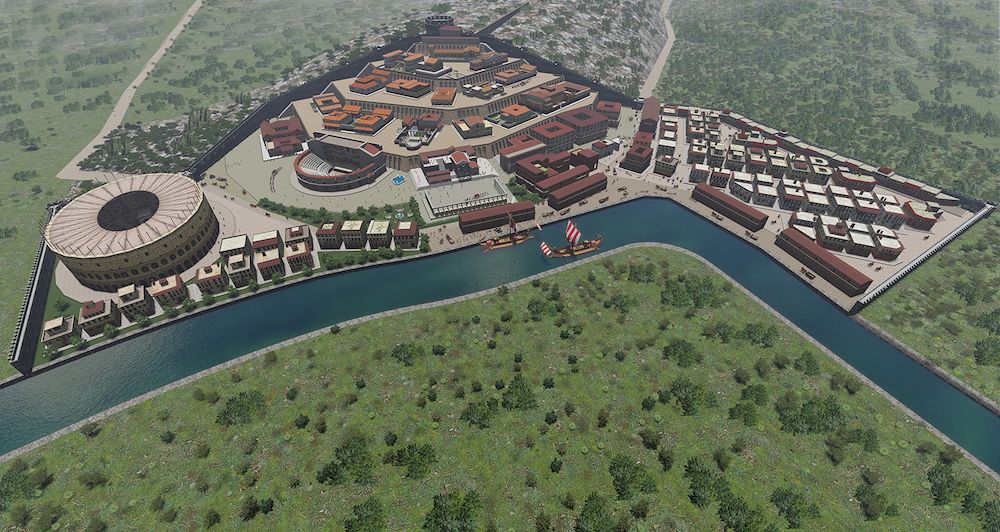
The 3D model of ancient Narona was the work of Ujdur and Popić and a video rendering and programming assistant from the Netherlands
In addition to Ujdur and Popić, Martin van der Meijde, a photo and video rendering and programming assistant from Arnhem, Netherlands, participated in the project.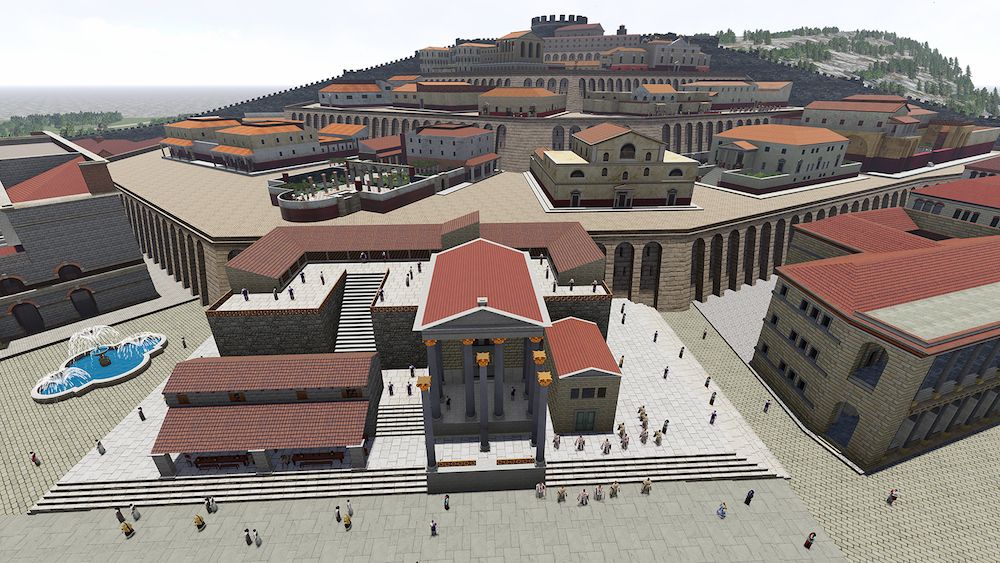
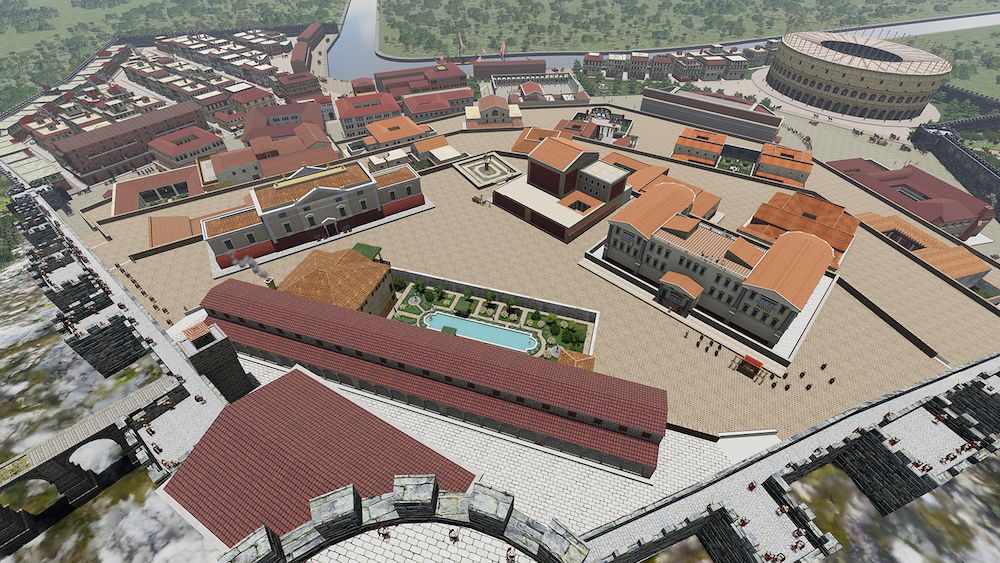
“During the development of this 3D model, expert literature from the Austrian research archives of Narona were used – Karl Patsch, ‘Zur Geschichte und Topographie von Narona’ from 1907 (History and Topography of Narona). Ten books on antique architecture from Vitruvius, the first Roman architect who was professionally written down as an organizer and builder, were also used. The authenticity of the 3D model contributed greatly to the sketches, illustrations and recordings of the reconstruction of ancient Roman architecture. Many sources on the Internet were used, predominantly for the Mediterranean geo localities. Unfortunately, I could not use anything from Croatian literature because it was inaccessible, locked, or not digitized,” says Stipan Ujdur.
The team used actual antique remains and assumptions for the 3d model of ancient Narona
Ujdur further describes how the authentic forum and temple parts are found in the antique remains, and the rest of the 3D model is based on the assumptions of what it might look like. For that, Ujdur used Vitruvius’ books about antique architecture. All 3D models can be modified or updated depending on new discoveries on the geo site of Narona in Vid.
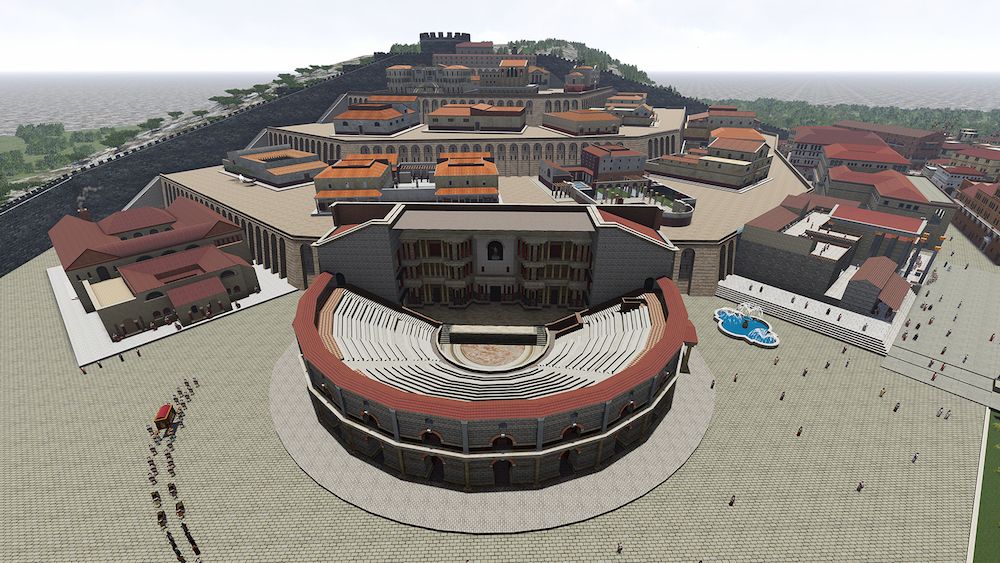
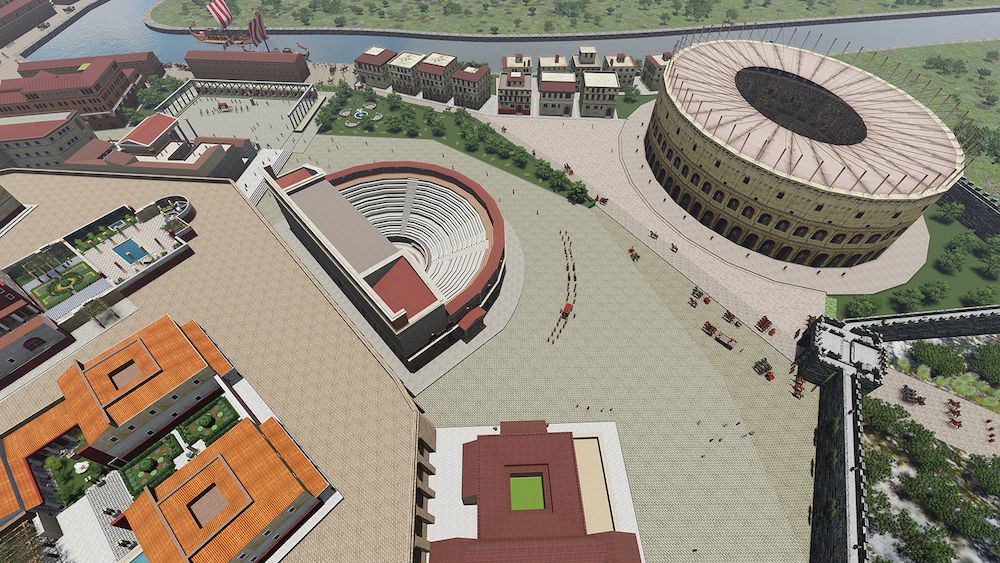
“The complete 3D model of Narona was sent to the 3D studio in Arnhem, Netherlands, where Martin van der Meijde is working on the animation. Martin already worked on the spectacular animations of the 3D models of Croatian cultural heritage – Diocletian’s Palace, the Pula Arena, the Bajamonti fountain in Split and the renaissance garden of Gundulić’s summer residence in Dubrovnik. Our next steps are most likely a trip to Istria and a collaboration with Milan Gostimir from the ‘Legame’ VR study for design and application programming. There are a lot of antique materials in the dark that should be brought to light, and the advantage is that those who are interested in this topic can make something happen,” Ujdur concludes.




